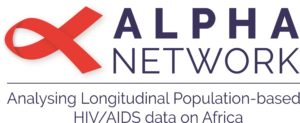The second workshop , hosted by Africa Centre for Health and Population Studies, enabled one group of participants to proceed with comparative analyses of the incidence data produced in the first workshop, whilst a second group began to study methods for classifying household and family structure and analysing changes in these structures.
Further analysis of incidence data included:
- Smoothing incidence hazard functions
- Choosing summary measures for incidence level and age shape
- Fitting parametric models to individual level data
- Fitting parametric models to aggregate smoothed hazard functions
- Normalising age specific data for shape comparison
- Using models to obtain incidence level estimates from age specific prevalence data
Topics covered under the heading of family and household demography included:
- Definition of households and membership
- Categorising demographic composition of households
- Describing composition of households by HIV status of members
- Analysing changes in household composition
- Measuring family relationships within households
- Effects of adult death on household composition and welfare
Kisesa data continued to be used for demonstrating incidence analysis procedures, but household and family demography analysis was illustrated using data from Karonga and Hlabisa, and Manicaland data was used to demonstrate incidence and prevalence modelling.
Guest lecturers at this workshop included professor Julian May (University of KwaZulu Natal) who spoke about poverty measurement; Ties Boerma (WHO) who explained the relevance of our work for estimation problems currently faced by UNAIDS/WHO; and Tim Hallett (Imperial College and Manicaland study group) who demonstrated the use of models to link prevalence trends and incidence patterns.


